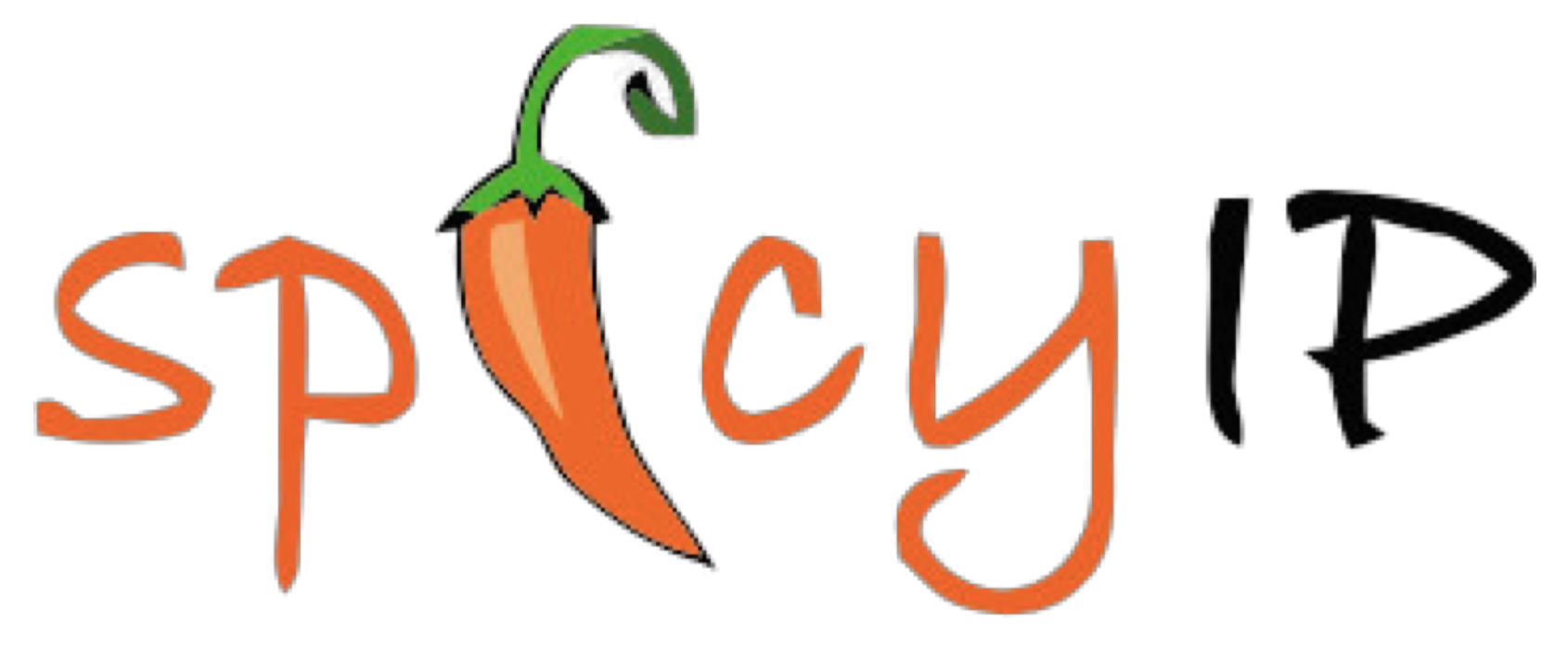Shamnad Basheer
Prof. (Dr.) Shamnad Basheer founded SpicyIP in 2005. He's also the Founder of IDIA, a project to train underprivileged students for admissions to the leading law schools.
He served for two years as an expert on the IP global advisory council (GAC) of the World Economic Forum (WEF).
In 2015, he received the Infosys Prize in Humanities in 2015 for his work on legal education and on democratising the discourse around intellectual property law and policy. The jury was headed by Nobel laureate, Prof. Amartya Sen.
Professional History:
After graduating from the NLS, Bangalore Prof. Basheer joined Anand and Anand, one of India’s leading IP firms. He went on to head their telecommunication and technology practice and was rated by the IFLR as a leading technology lawyer.
He left for the University of Oxford to pursue post-graduate studies, completing the BCL, MPhil and DPhil as a Wellcome Trust scholar. His first academic appointment was at the George Washington University Law School, where he served as the Frank H Marks Visiting Associate Professor of IP Law. He then relocated to India in 2008 to take up the MHRD Chaired Professorship in IP Law at WB NUJS, a leading Indian law school. Later, he was the Honorary Research Chair of IP Law at Nirma University and also a visiting professor of law at the National Law School (NLS), Bangalore.
Prof. Basheer has published widely and his articles have won awards, including those instituted by ATRIP, the Stanford Technology Law Review and CREATe. He was consulted widely by the government, industry, international organisations and civil society on a variety of IP issues. He also served on several government committees.
 This afternoon, a Supreme Court bench consisting of Justices Aftab Alam and RM Lodha dismissed the Special Leave Petition (SLP) filed by Bayer in the patent linkage matter.
This afternoon, a Supreme Court bench consisting of Justices Aftab Alam and RM Lodha dismissed the Special Leave Petition (SLP) filed by Bayer in the patent linkage matter.
Well, this is a very good news for me on the professional level, as no patent-linkage is one of our main defenses in patent infringement suit. On the personal level, I would not like to see big pharma companies threatening Indian generic manufacturers into submission.
This matter was just a waste of the Supreme Court’s precious time. The High Court learned Single judge did not mince his words while pronouncing his judgment last year.
Patent linkage is known to be against the interests of public health, because it would delay the introduction of cheap generic drugs on the market and keep medicines out of reach of those who need it.